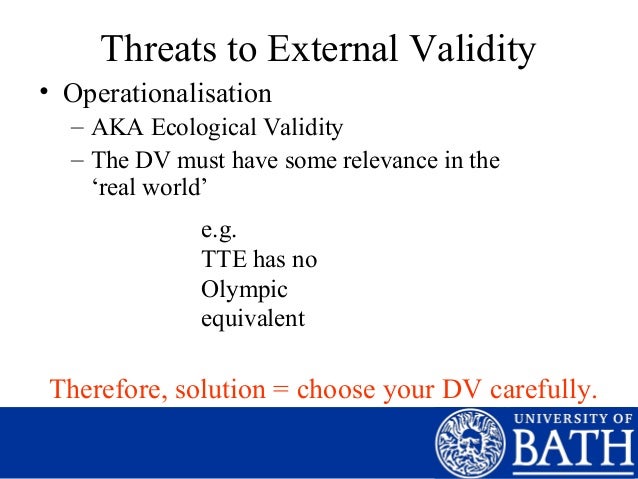



McHugh (2012) provides a good example of how inter-rater reliability is calculated by reviewing the various methods that have been stipulated by scholars previously. The total number of agreements is then divided by the total number of ratings and converted into a percentage to give the inter-rater reliability. To measure inter-rater reliability, it entails taking the total number of ratings in a particular judgment conducted, as well as the counting the accumulative ratings are done in the rating exercise. It is, therefore, the extent or degree to which there is an agreement in the rating scores amongst the multiple raters, which brings about homogeneity and unanimity amongst these raters. Reliability and Validity in Research – This is a statistical concept in the field of research whereby a particular phenomenon is being evaluated or rated by various raters. Internal consistency looks at whether the results in one data set are reliable by dividing the data into different sets and comparing them.Reliability and Validity Inter-rater reliability Alternate form reliability evaluates whether two assessments of the same information lead to the same results. Test-retest reliability describes whether the researcher finds the same results when conducting the test again at a later time. For example, the researcher would want to know that the successful tutoring sessions work in a different school district.ĭifferent researchers obtain the same results if a study has high inter-observer reliability. If a researcher wants to study people who are shy, he should be sure that he is studying people who are shy and not just quiet observers who are comfortable with people.Įxternal validity describes how well the results can be generalized to situations outside of the study. If a group of researchers want to determine whether a tutorial session has an impact on grades, they need to confirm that the effect is not because the students who participate are more motivated to work or put in extra time rather than the tutorial itself.Ĭonstruct validity concerns whether the research is studying what it claims to study. Internal validity considers whether the study identifies a cause-effect relationship. A study might not have good conclusion validity if the researcher has a very small sample size because the relationship might be missed due to individual differences. Conclusion validity describes whether the variables being studied are actually related.


 0 kommentar(er)
0 kommentar(er)
